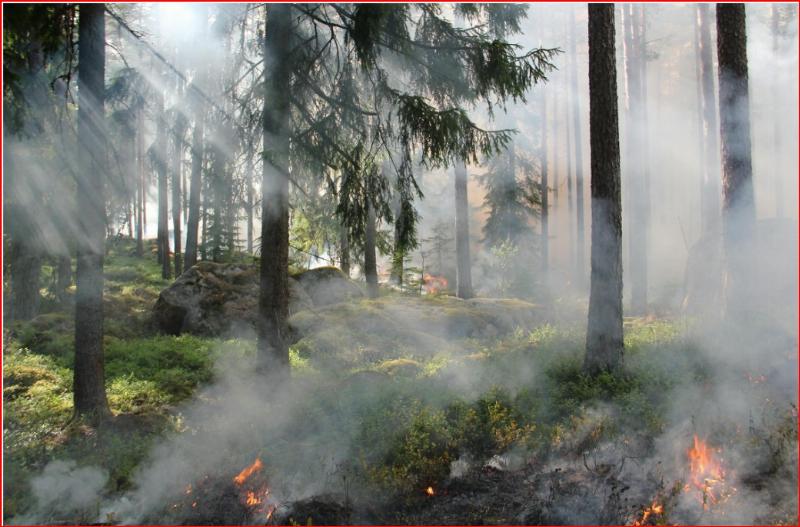


The Albany Times Union headline read:
Not so easy: Dousing the Canadian wildfires may not be possible.
It may not be possible to put out the Canadian wildfires?! Humans learned how to fly. Americans and Canadians have won two world wars.
Mankind has been to the moon and sent unmanned craft around the solar system -- and beyond.
And Canada can’t put out a fire?
Humans invented fire — or the planned use of it — around 800,000 years ago.
Almost concurrently, they learned how to extinguish it.
No matter the scope and location of today’s fires, it is surpassingly strange that we can’t put them out 800,000 years later.
The Times Union article went on to sanguinely note:
There is apparently little that can be done to stop or prevent the out-of-control wildfires tearing through much of northwest Canada - some engulfing over 250,000 acres.
These fires can’t be stopped…or even prevented?!
Apparently, there are no roads or infrastructure in many of the remote areas where these fires are burning. And, according to Paige Fischer, an associate professor at the University of Michigan School of Environment and Sustainability, "There aren't areas where people are actively managing forests."
So there clearly are things that could be done to extinguish and even prevent the fires: construct the necessary infrastructure and actively manage the forests.
Imagine that!
Fischer added that almost two-thirds of the fires in Canada are ignited by lightning-- and that those fires tend to be by far the most destructive. She also noted that Canadian forests include the Black Spruce tree “which is a flammable species.” She further stated that the presence of lighting and any flammable species is outside the country's control and thus complex to manage.
Guess what? We have Black Spruce trees in the U.S., from Minnesota to the New England states. And more lightning strikes per square mile annually in much of the country, as well. So we have wildfires, too. We just don’t say “there is absolutely no way we can put them out.” And we do manage forests in order to prevent massive, endless conflagrations.
Moreover, the Times Union piece noted that N.Y. state Department of Environmental Conservation Commissioner Amanda Lefton recently said that she is unaware of any Canadian requests for assistance in fighting the more than 700 Canuck wildfires, while also noting that the state has deployed firefighting resources to other states in the U.S.
Guess they asked for help.
Of course, numerous authorities and experts have cited the allegedly increasingly hot and dry summers due to climate change as another reason for prolonged wildfires. I thought global warming was supposed to lead to increasingly wet weather. Oh well, whatever.
Memo to authorities and experts: If the temperature in northern Saskatchewan is, say, 77 degrees Fahrenheit instead of 75 degrees Fahrenheit, due to man-caused global warming, that doesn’t make a fire any more likely, nor any more aggressive. Anyone who is an aficionado of bonfires can tell you that. (And don’t try to tell me that the allegedly 1.4 degree Fahrenheit increase in average global temperature in the past 145 years has resulted in significantly more lightning strikes over Canada.)
Some of the Canadian wildfires are man-caused, as they are deliberately set by arsonists. And they are man-caused in other ways, too, but not because of global warming/climate change/any change in the weather is due to man’s actions. They are man-caused because Canada will not take the steps necessary to douse them … or prevent them through basic forest management. Period.
As a result, the United States — extremely unusually -- has recently had some of the world’s worst air quality.
Like a good bad neighbor, Canada is there.
Image: Pixabay / Pixabay License
